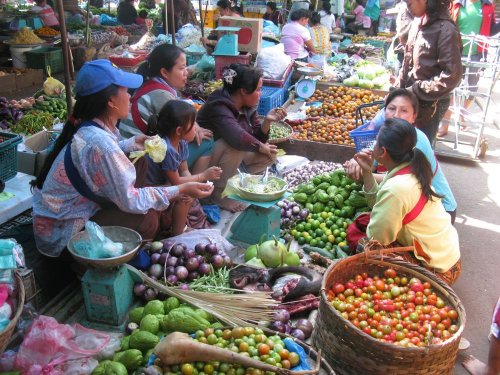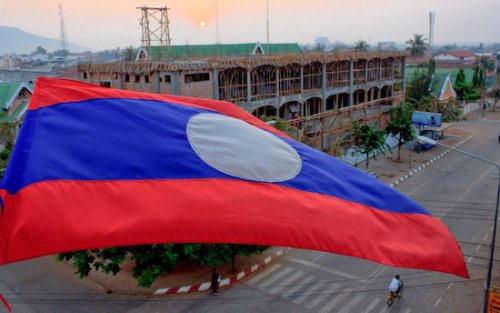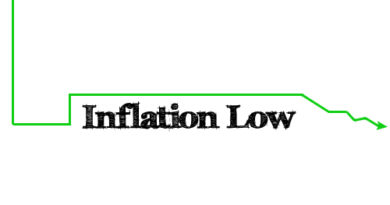Laos, Other Debt-Laden Asia-Pacific Nations Under Pressure from Strong Dollar
Source: Nikkei Asia
Currency weakness against the dollar has raised concerns that Laos and other vulnerable Asia-Pacific nations are at risk of falling into a debt crisis.
“Debt vulnerabilities remain severe in some middle-income countries, as well as low-income countries,” Japanese Finance Minister Shunichi Suzuki said at the annual Asian Development Bank (ADB) meeting held over the weekend in Tbilisi, Georgia.

We are Your Marketing Partners in Laos
On Friday, Suzuki discussed debt sustainability with finance ministers from Pacific island countries. The same day, the ADB agreed with donors to replenish funds that support member country projects like building infrastructure against climate change. Japan is the largest contributor to those funds.
Asian emerging and middle-income nations’ public debt will grow to 82.4% of their combined gross domestic product in 2024, up 3 percentage points from last year, according to International Monetary Fund forecasts. That far exceeds the 36.2% share for similar countries in Europe and the 68.5% share in Latin America.

The debt-to-GDP ratio of low-income Asian countries is projected to rise 1 point to 44.6%. Last year, 70% of Asia-Pacific nations had fiscal deficits, according to the ADB.
In February, the IMF assessed nine out of 69 low-income countries to be in external debt distress, while 25 others were deemed to have a high risk of external debt distress. Laos was among those in debt distress, while Maldives, Papua New Guinea, Kiribati and the Marshall Islands were categorized as high-risk nations.
Laos’ public debt surpassed 120% of GDP in 2023. Half of the external debt is owed to China, according to the World Bank. Some observers say the actual figure is far higher when hidden public debt is included. China is reportedly providing unofficial debt relief.
“Laos is no more simply a gateway for China into Southeast Asia, but now one dominated by China aiming to get a stronger foothold in the region,” an Association of Southeast Asian Nations diplomatic told Nikkei Asia.
The Laotian kip has been falling against the U.S. dollar and the Thai baht amid concerns about Laos’ fiscal health, adding to the strain of dollar-denominated debt repayments.
Much of Laos’ fuel and food consumption depends on imports, and there are concerns about accelerating inflation. In July 2023, a government order designated the kip as the only currency to be used for domestic payments.
Palau and Fiji also have debt levels that exceed 80% of GDP. Island nations are vulnerable to rising sea levels and other effects of extreme weather, producing a growing need for fiscal spending on infrastructure development.
China’s standing with Pacific island nations has been rising, as shown by the Solomon Islands cutting diplomatic ties with Taiwan in 2019. The U.S. and its allies have sought to offer an alternative to Chinese partnerships with initiatives that tout quality infrastructure development that is committed to debt transparency.
Sri Lanka’s experience shows how debt crises can unfold.
In 2017, Sri Lanka transferred control of the Hambantota port to China, a move seen by some as sign the South Asian nation had fallen into a debt trap laid by Beijing. The Indian Ocean port is considered a strategic location in terms of Indo-Pacific security.
Sri Lanka’s economy deteriorated further during the COVID-19 pandemic. The government said in April 2022 that it would suspend external debt payments, marking a de facto sovereign default.




